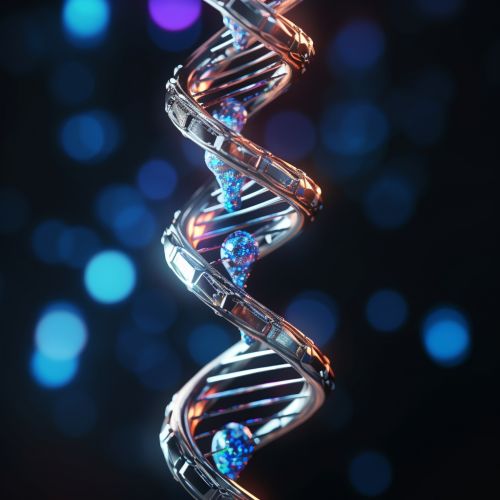The Role of Genetic Resources in Biodiversity Conservation
Introduction
Genetic resources, a term that refers to genetic material of actual or potential value, play a crucial role in biodiversity conservation. Biodiversity, or biological diversity, is the variety of life on Earth, and its conservation is a global priority. Genetic resources are the building blocks of life, and their conservation is essential for maintaining the planet's biodiversity. They include the genes contained within plants, animals, and microorganisms. These resources are used for a variety of purposes, including research, breeding, and production of goods and services.
Genetic Resources and Biodiversity
Genetic resources are the foundation of biodiversity. They are the raw materials for evolution and adaptation in species, allowing them to survive in changing environments. The genetic diversity within species, known as intraspecific diversity, is crucial for the survival and adaptability of species. It is this diversity that allows species to adapt to changes in their environment, including changes in climate, diseases, and other pressures.


Conservation of Genetic Resources
The conservation of genetic resources is a critical aspect of biodiversity conservation. It involves the preservation of genetic diversity both in situ (in their natural habitats) and ex situ (outside their natural habitats). In situ conservation involves the protection of ecosystems and natural habitats, as well as the maintenance and recovery of viable populations of species in their natural surroundings. Ex situ conservation, on the other hand, involves the collection and storage of genetic material, such as seeds, sperm, eggs, or tissue, for use in research or to safeguard against the extinction of the species in the wild.
Threats to Genetic Resources
Genetic resources are under threat from a variety of factors. These include habitat loss, climate change, overexploitation, pollution, and invasive species. These threats can lead to a loss of genetic diversity, which can in turn lead to a decrease in the adaptability and survival of species. The loss of genetic resources can also have significant impacts on human societies, as these resources are crucial for food security, medicine, and other aspects of human wellbeing.
The Role of Genetic Resources in Biodiversity Conservation
Genetic resources play a vital role in biodiversity conservation. They are crucial for the survival and adaptability of species, and their conservation is a key component of biodiversity conservation efforts. Genetic resources are also important for human societies, as they provide the raw materials for food production, medicine, and other goods and services. The conservation of genetic resources is therefore not only a biodiversity issue, but also a social, economic, and ethical issue.
Conclusion
In conclusion, genetic resources are the foundation of biodiversity, and their conservation is a global priority. They are the raw materials for evolution and adaptation in species, and their loss can have significant impacts on biodiversity and human societies. The conservation of genetic resources is therefore a crucial aspect of biodiversity conservation efforts, and requires the concerted efforts of scientists, conservationists, policymakers, and the public.
